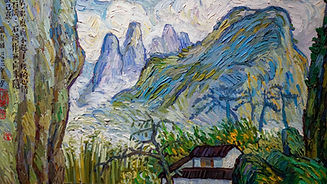Connect
Interested in connecting with me in person or virtually?



talks
and
workshops
consulting
podcasts
and
interviews
I regularly give talks, run workshops, participate in interviews, teach classes, and more.
I also consult with museums, university departments, TV programs, and more about various art historical topics and approaches, from public art history as a field and American/Latin American art content to world art history approaches and making art history more accessible through multimedia approaches.
Topics could include:
Art History
-
A deep dive into the history of a specific artwork or culture, like the Aztec Sun Stone or Renaissance Mexico (you can see some my areas of expertise in About)
-
Art History and Disney parks, movies, and attractions
-
Women in art history
-
Art History for non-scholarly audiences
-
Transitioning away from Academia
-
Digital Art History skills and approaches / "New Art History"
-
becoming an art historian and skills that graduate students and emerging professionals need today
-
writing for popular audiences and making art history accessible
Visual storytelling and multimedia approaches
-
visual storytelling, including multimedia storytelling (such as video, audio, and graphics)
-
audio and video production
-
photography and image editing/processing
-
organization and time management
Research and writing process
-
the writing process, including research and writing, brainstorming, drafting and revising stories
-
writing non-fiction vs. fiction
-
creating codes and ciphers
-
and more!
Check out some videos
Below, you can see a sampling a videos I've made about art, history, and archaeology for ARTSQ. It will give you an idea about a few of the things I can chat about












